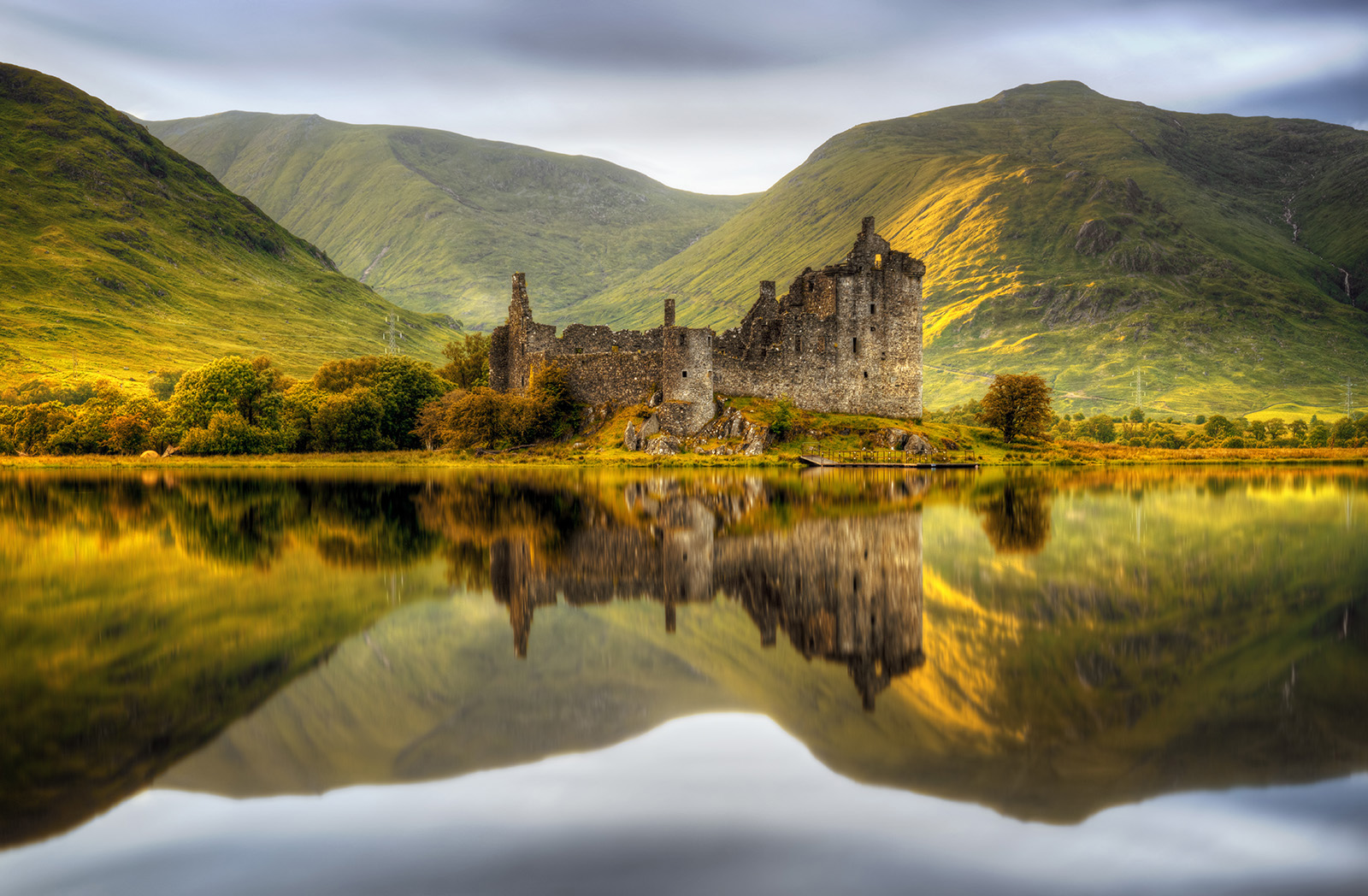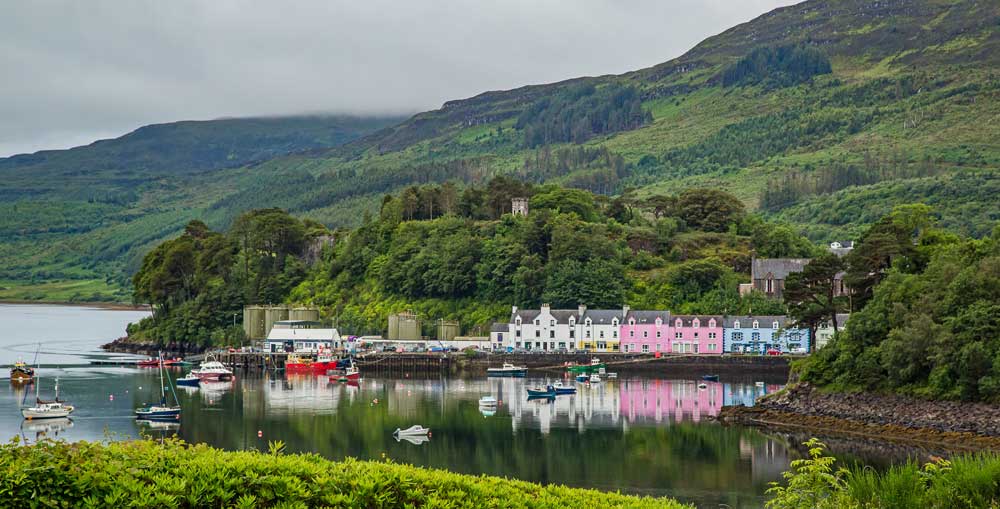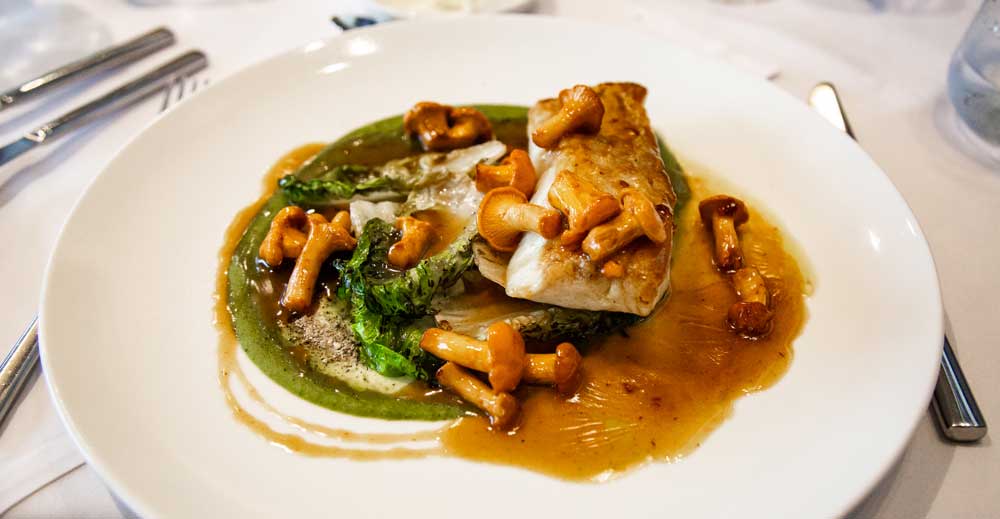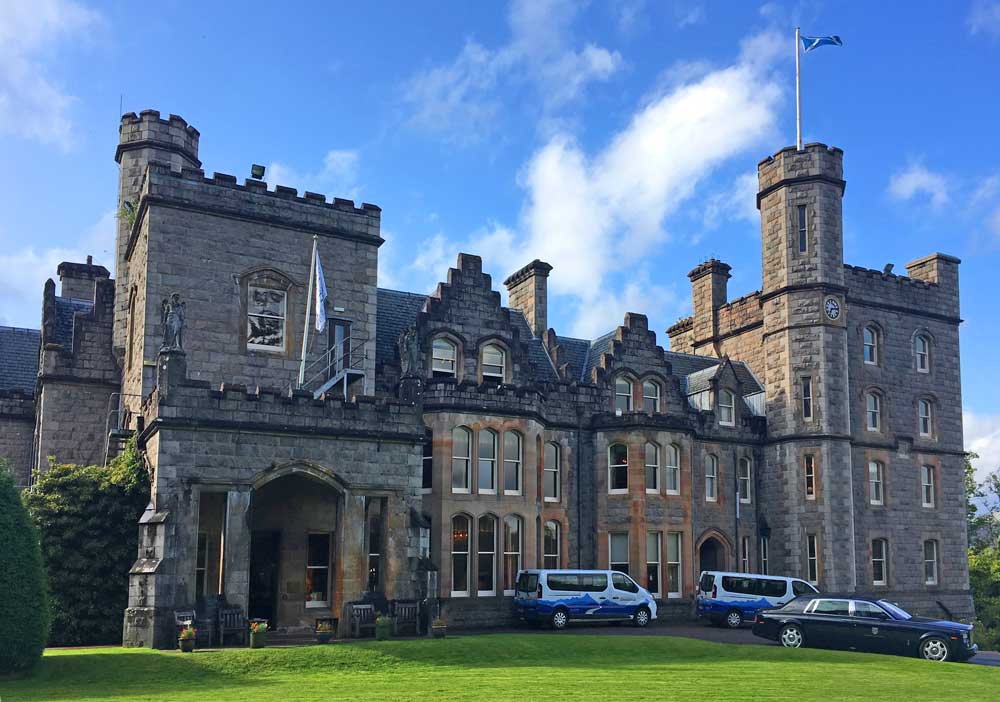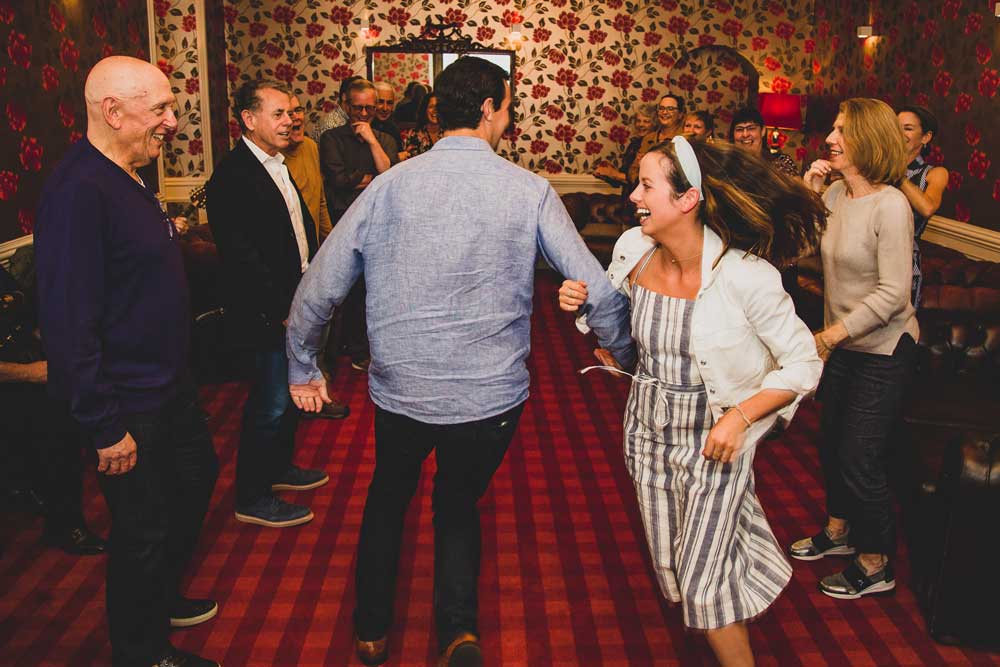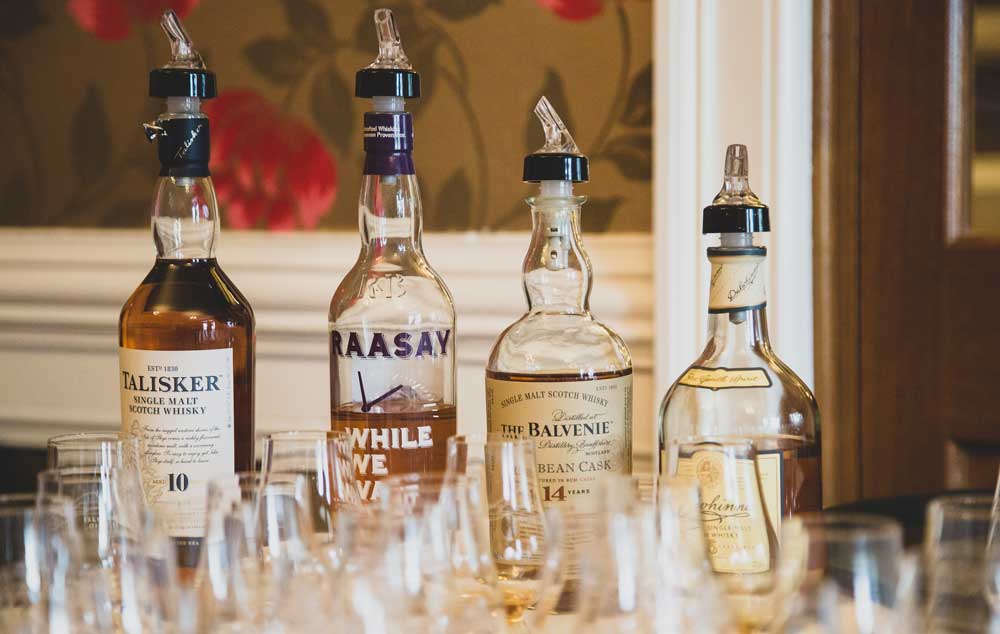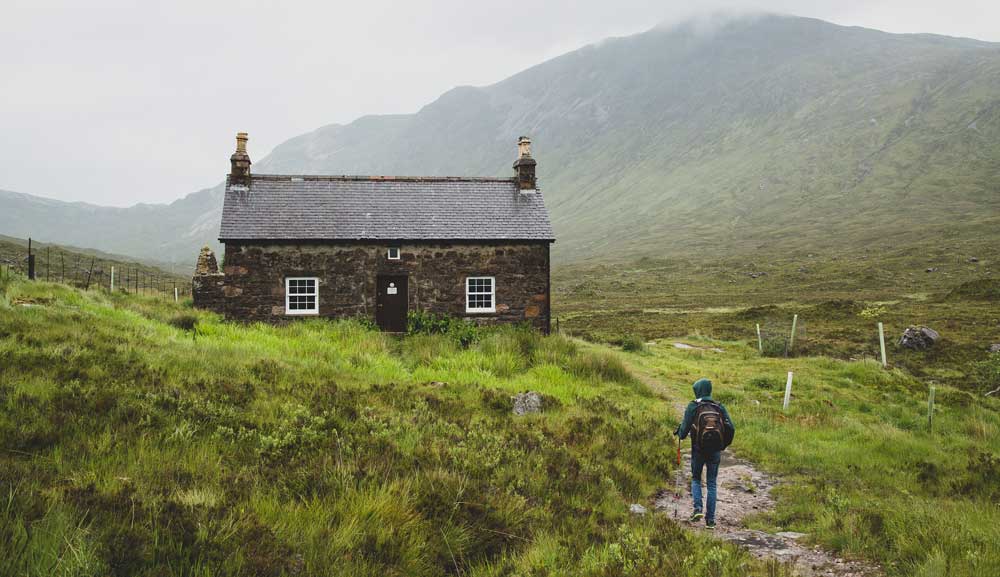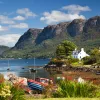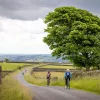This is the post I've been needing to write for roughly a decade. Why? Because, as a former Glasgow bartender, I've spent most of my working life writing lists of "cool Scottish stuff" on napkins for passing tourists. It nearly got me fired multiple times, including once when I favored writing my list to the detriment of table five's filet steak which lay, ignored, on the counter as I documented my top five castles. But I digress.
I was born and raised in a fishing village on Scotland's west coast, and spent my formative years thinking it was a deeply uncool place to be. But after many years of traveling and living in foreign cities, I started to understand that my country is truly outstanding, and I'm passionate about telling anyone who'll listen how to have a fabulous experience here.
Luckily, Backroads has just launched two fabulous new trips that showcase the very best parts of Scotland, on two feet and on two wheels, and I couldn't be more excited to give you some bona fide inside knowledge that will bring your Caledonian adventure to life!
Food
Scotland's culinary scene is a point of fascination the world over; a quick Google search will likely bring up pictures of deep fried Mars Bars or haggis.
But don't be fooled! Scotland produces some of the world's best—and most sought after—food. Featuring over 6,000 miles of coastline, our seafood is some of the best in the world. With langoustines, scallops and mussels all caught fresh each day in coastal towns, you will be spoiled for choice.
We also produce award-winning Aberdeen Angus beef that's exported across the planet, as well as delicious cheeses, game, berries and—yes, ok, haggis! Join your leaders as they show you some of the best local dishes Scotland has to offer, prepared by the locals. Forget what you've been told—Scotland is a foodie's paradise waiting to be discovered, and we've done the hard work for you.
History
Scotland is steeped in legacy, making it perfect for history buffs. No visit to Scotland would be complete without experiencing a medieval castle, and you're in luck because there are more than a thousand still casting their beautiful, foreboding shadows over our landscape.
If walking a landscape where ancient history can still be seen and felt is your idea of heaven, you're in luck because you'll be spending the night in the all-knowing walls of Inverlochy Castle. This 19th-century abode is nestled at the heart of Glen Coe, site of the seminal battle between the clans Campbell and MacDonald that altered the course of Scotland's history.
Culture
Music, stories and dancing have always been the backbone of Scottish culture. Traditionally, music was a way for clansmen to share their life experiences and many small pubs maintain the legacy by hosting a fiddle group once a week. We're a lively bunch, and when listening isn't enough, we resort to a ceilidh—a large group dance coordinated by a "caller" on a microphone, who shouts out the dance moves as the music plays. This means there is no excuse for sitting down!
You'll be pleased to know you can also indulge in a more everyday form of our famous national hospitality, when your leaders introduce you to some local musicians over a nip of our finest product.
Whisky
The "water of life" has been around here for around 500 years, and is our biggest export. It would be churlish not to get into the spirit of things!
For all you aficionados, Scotland is home to five whisky-making regions: Highlands, Islands, Lowlands, Speyside and the notoriously peaty Islay. Each region produces a distinct subcategory of whisky, determined by how it is distilled, the traits of the surrounding landscape and the amount of peat used in the process. With each brand of whisky bearing its own unique flavour, it's an interesting and intimate way to connect with both the culture and the landscape.
In Scotland, having a dram is far more than just enjoying drink—it's an important social ritual. We raise a toast by shouting slainte-mhath! (pronounced "slange var")—meaning "good health to you." Why not settle in next to a fireplace and sample some of our very best export?
Landscape
Wild, misty hills and slate-grey lochs will surely come to mind in any discussion of Scotland, and I'm here to assure you— that's exactly what to expect!
Whether you're hiking or biking, our incredible swathes of uninhabited land are the perfect arena to relax, take a breath of the famously pure air and connect with nature. With lush green forests, ancient jagged mountain ranges and even the odd wild deer darting across the landscape, you'll love experiencing the breathtaking landscapes that inspired the poems of Robert Burns and works of Arthur Conan Doyle.
The sea is a key part of our national identity, so jump aboard with your leaders and some local fishing experts, as we take you on a chartered tour of waters known for their families of dolphins and whales.
Scotland is a place where much of our land is uninhabited and still ruled by nature. Don't be surprised to spend much of your day quizzing your leaders about the creatures swooping in the sky or jumping out of the sea.
Now look —you'll notice I've omitted one key detail, and that's the weather. Scotland might be famous for its changeable climate, but that just makes it all the better for settling down with your nearest and dearest for a cozy night after a day of rambling through the highlands. So don your waterproofs and saddle up for a fun, diverse and unforgettable experience—just don't expect us all to look like Outlander. Slainte-mhath!
Intrigued? Visit Scotland on a Backroads hiking, biking or multi-adventure trip!





